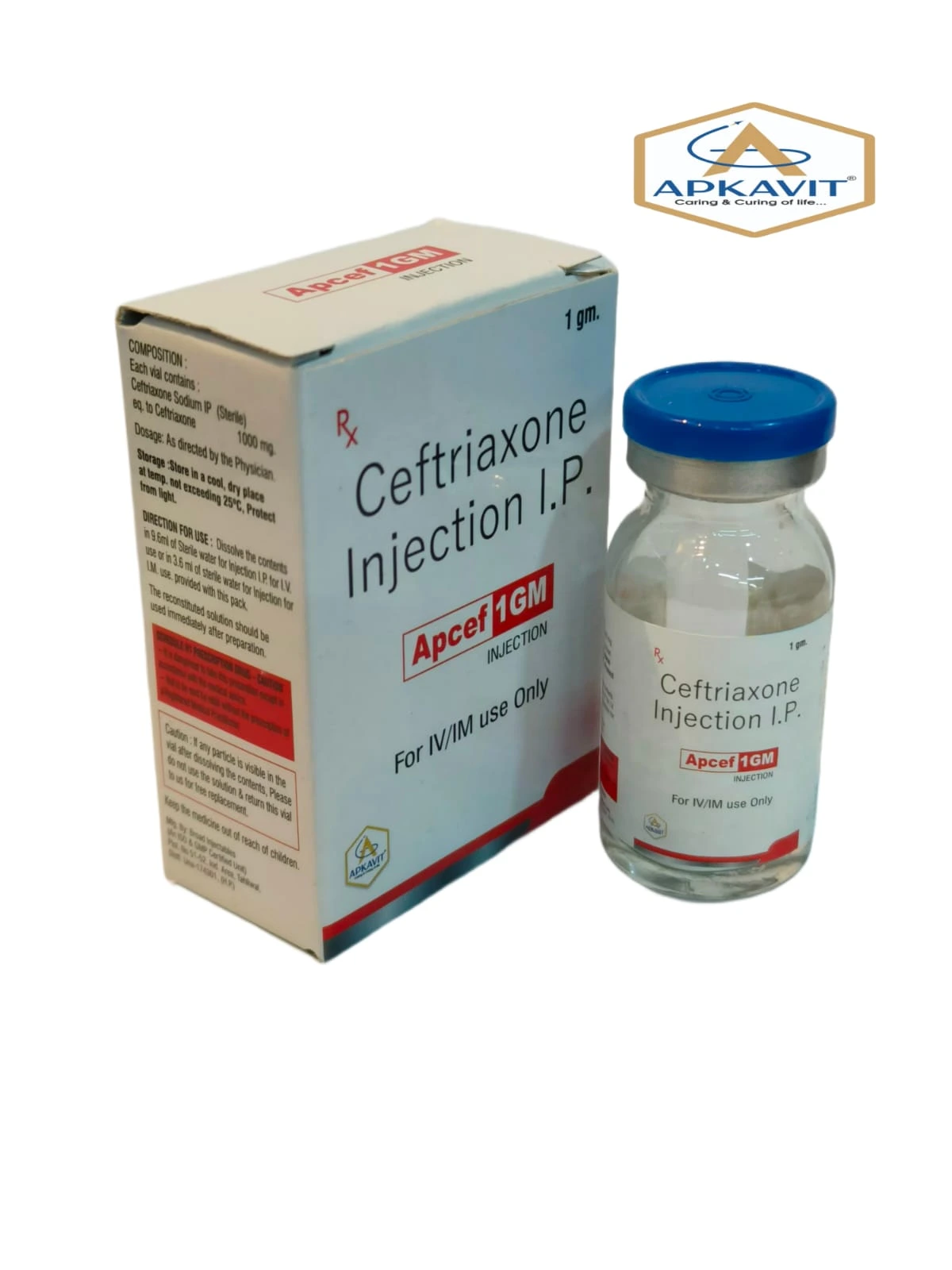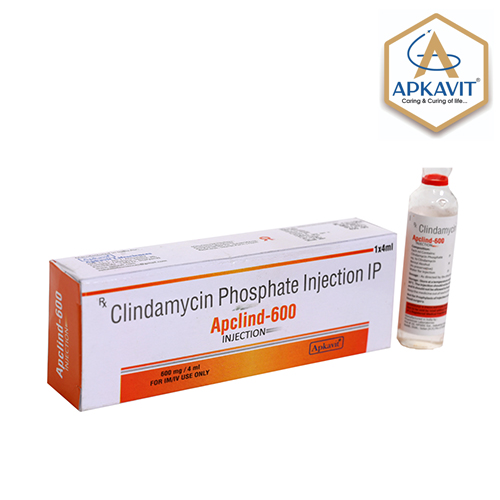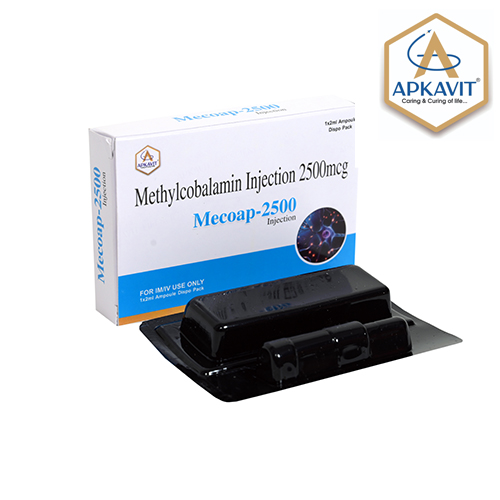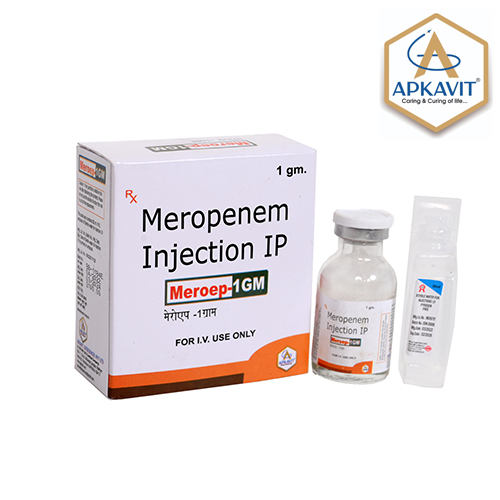Description
Ceftriaxone Injection is specifically designed to treat bacterial infections in various parts of the body. It is also given to the patients before performing certain types of surgery. Cefriaxone belongs to the third-generation class of antibiotics called cephalosporins. It works by killing the bacteria or preventing them from creating a cell wall, thereby stopping their growth.
Ceftriaxone injection is not prescribed to treat flu, colds, or other viral infections. It is widely used to treat respiratory tract infections, urinary tract infections, bone and joint infections, skin and soft tissue infections, and prophylaxis in surgery.
Ceftriaxone Injection is a powerful antibiotic that is only prescribed at a doctor’s clinic or hospital. If you prefer to take it at home, it is highly recommended to get proper directions to use from your healthcare provider.
Benefits of using Ceftriaxone Injection
Ceftriaxone Injection is widely known for its ability to treat bacterial infections. It is often prescribed in hospitals and clinics to manage life-threatening infections when other medicines are not able to work in the patient’s body. It is highly used by healthcare professionals to treat the following infections:
Urinary tract infections (UTIs), Respiratory infections such as pneumonia and bronchitis, Bone and joint infections, Abdominal infections, Skin and soft tissue infections, Meningitis (infections in the brain and spinal cord membranes), Septicemia (blood infections), Gonorrhea and other sexually transmitted infections, and preventing infections from pre- and post-surgeries.
How Ceftriaxone Injection works
Ceftriaxone works by interfering with bacteria’s protective cell wall, and without its protective barrier, bacteria cannot survive, multiply, or eventually lead to their death. Ceftriaxone is very effective, unlike other antibiotics, because of this action.
Warnings and Precautions of Ceftriaxone Injection
Ceftriaxone Injection has some adverse toxins which can affect the patient’s condition if not taken carefully with precautions. So, the following precautions and warnings should be considered before getting the injection:
- Patients with a known allergy to cephalosporin and any type of allergy to dyes, foods, preservatives, or animals.
- It is best advised to inform your doctor about any diseases that you already have, such as kidney or liver disorders, as for those patients, doses may be adjusted.
- Pregnant or breastfeeding women should only get this injection if they are strictly advised by their healthcare professional. And due to ceftriaxone’s toxicity, it is not recommended in newborns and premature babies.
- A doctor may advise patients to avoid combining calcium-containing IV solutions, as it might worsen the patient’s condition.
Possible side effects of Ceftriaxone Injection
There might be some common side effects that can occur after or during the injection, which may easily be treated and go on their own as the medicine adjusts in your body. However, the patient should get emergency medical attention if they are experiencing severe side effects.
Common side effects one may experience are pain or redness at the site of the injection, swelling, diarrhea, nausea, or vomiting, mild skin rashes, or allergic reactions. However, in rare severe side effects such as itching, shortness of breath, swelling on the face, hands, or mouth, dark urine or stools, yellowing of skin or eyes, unusual vaginal discharge or odor.
Directions for Use
Ceftriaxone injection must only be administered at a doctor’s clinic or by a healthcare team. The dosage might depend on the severity of the infection. You should share your medical history as doses may be adjusted. It is not recommended to stop treatment abruptly, or when you feel better, as this might worsen the condition, leading to bacteria becoming stronger.
Note
This information is for educational purposes only. We don’t recommend taking Ceftriaxone injection for self-administration. Only use it under the guidance of a healthcare professional.






